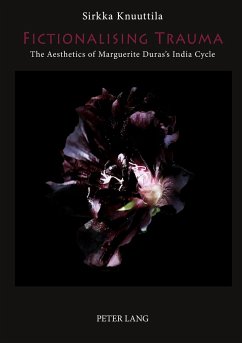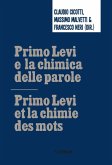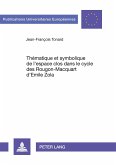With Marguerite Duras being the most disputed French artist after World War II, symbolising trauma represents the most problematic crux of contemporary trauma research. This book brings together these troublesome issues by way of integrating Duras's aesthetics and the challenge of working through major historical trauma. Starting from the concept of an embodied mind as developed in current social neuroscience, the study illuminates the stylistic devices of the famous India Cycle that arose from Duras's relentless struggle with the trauma of French colonialism. It reveals how converting trauma into fiction can become a powerful emotional strategy for surviving traumatic events, which may provoke necessary changes in our cultural memory through collective sharing.








